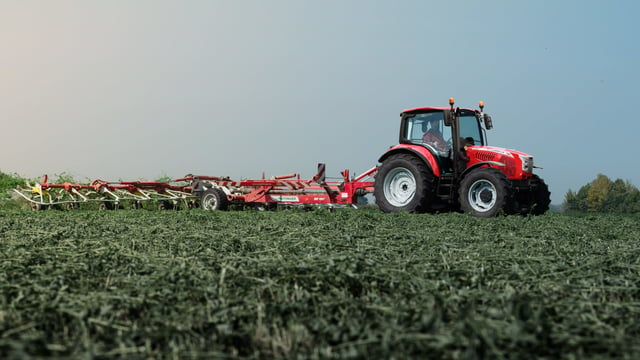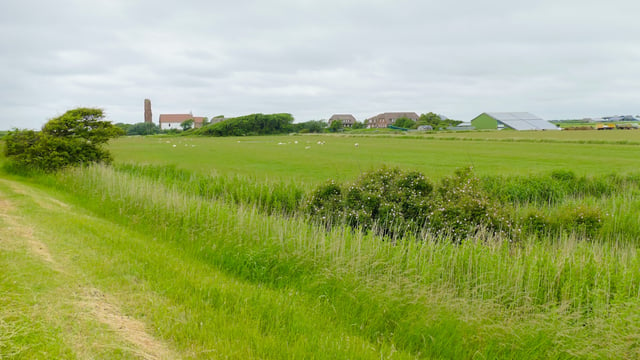Can you answer 8 safety questions ahead of silage season?
As the busy silage season gets underway, all farmers and contractors are being urged to carefully plan their work and complete their risk assessments by the Health and Safety Authority (HSA).
The authority's message comes as the latest data shows tractors, vehicles and farm machinery are the biggest cause of farm-related fatalities.
They accounted for over half of farm-related deaths from 2011 to 2020, the data shows.
Over the past decade, 113 people, 18 of whom were children and young persons under the age of 18, have been killed in farming-related workplace incidents involving tractors, vehicles and machinery.
“We’re advising farmers to take time to plan for a safe silage season,” said Pat Griffin, senior inspector with the Health and Safety Authority.
“Serious life changing injuries can be prevented and lives can be saved if farmers and contractors plan their work in advance, ensure important precautions are taken and make safety their number one priority," Griffin said.
HSA Farm Safety Checklist
The majority of fatalities with tractors and farm machinery involve a combination of poor planning, operator error, lack of training, maintenance issues or the presence of children/elderly near work activity, the authority says.
Farmers need to consider the following questions ahead of silage season:
Farmers should check all tractors and machinery are suitable for the job and properly maintained, paying particular attention to checking brakes, steering, hitching of trailers and ensuring good driver visibility.
It is important to check that all tractor and machinery operators are skilled and competent in the operation of the machinery assigned to them and that they know and understand the system and workflow to be used that puts everyone’s safety first.
Concluding, Griffin said: "I would urge all farmers and contractors to review their risk assessments.
"Complete the Farm Safety Risk Assessment document or do it online at farmsafely.com, which includes a dedicated 'harvesting' checklist to help identify any necessary safety improvements.”





